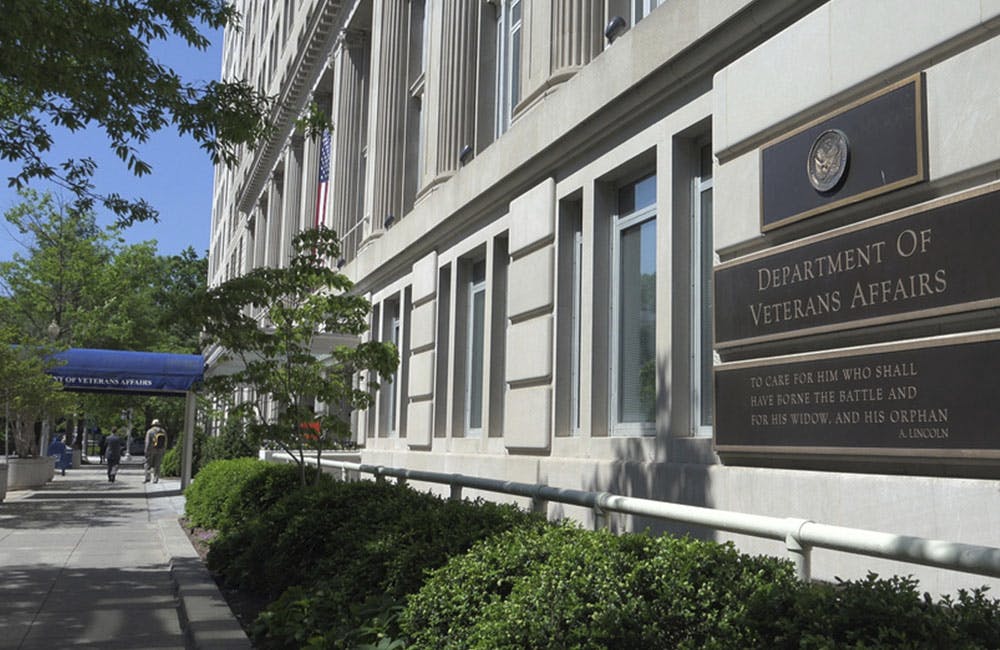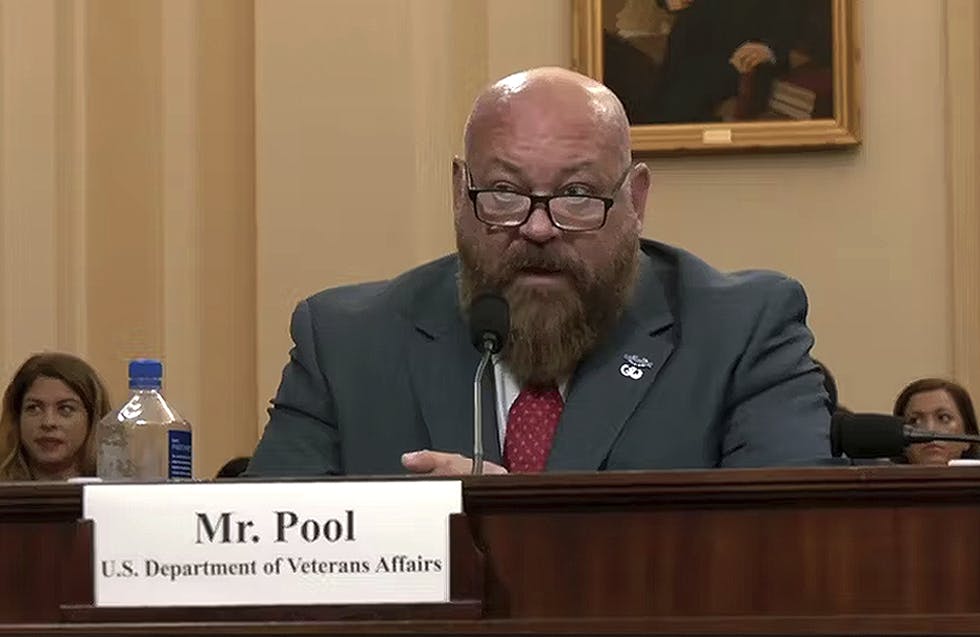RPA Use Cases Accelerate Across DOD
Robotic process automation is showing promise in helping the Defense Department improve business functions like financial management.

Robotic process automation is increasingly showing promise in helping the Defense Department improve business functions like financial management. For some, RPA has been a real game changer.
“It allows you to automate standard, repetitive rule-based tasks, mimics a person, but unlike a macro allows you to operate at the user interface level across multiple systems, multiple applications,” said Erica Thomas, director of digital transformation in the DOD’s Office of the Secretary of Defense, at an FCW virtual event last week.
A few years ago, only a small number of DOD agencies adopted RPA, Thomas said, but now DOD is seeing at least a 15% increase every quarter in the number of automations deployed.
In fact, DOD agencies appear in about 135 of the 322 RPA use cases listed in an inventory published by the General Service Administration’s RPA community of practice in 2020.
“There are a lot of different organizations now in DOD that have RPA programs that are maturing,” Thomas said. “RPA is really catching fire in DOD. Major shift in where they were three years ago.”
An RPA center of excellence Thomas created has seen a large amount of growth in a short amount of time in DOD and has made a significant impact across the agency.
“We’ve grown into a center of excellence within DOD that has a shared service, RPA platform, that groups within DOD can connect to, to potentially expand and have better management and oversight of their automation programs,” said Thomas. “We also do automations so we still have a small group of developers that’s focusing on automations building those, scaling those out to our end users across the department.”
Thomas said the best way to mature an RPA program is to focus on people, process and technology. Ultimately, the agency wants to improve the customer experience and ensure timely communications. Thomas has said before that various RPA programs at the department are leading to improved employee morale.
The people aspect and messaging are also crucial at the senior leadership level.
“It’s very important that the workforce understands what this technology is and what it’s not and how it can impact their daily lives on the positive,” Thomas said. “But it’s also making sure that you have the right messaging to senior leadership so that they understand the value and they continue to support the overall program.”
According to Thomas, it is important to look at the full end-to-end automation lifecycle.
“Keeping track of the time it takes, how efficient we are at building automations, are we using best business practices to build these automations so that if they require sustainment or changes that the team is able to quickly go after those,” said Thomas.
As technology evolves, staying on top of it is vital. Vendors are continually adding new features to their products.
“You constantly need to be relooking at your toolbox and expanding it and reassessing it to make sure that you’ve got the right tools, and that you’ve got everything at your fingertips,” Thomas said.
This is a carousel with manually rotating slides. Use Next and Previous buttons to navigate or jump to a slide with the slide dots
-

NSF Wants Industry Driving Quantum Innovation
The agency is pushing for partnerships to enhance the research community as Congress weighs additional legislation.
3m read -

White House Science Chief: US-Driven AI Sets Global Standards
Michael Kratsios outlined how American AI technology on the global stage will help standardize the tech and counter China’s influence.
5m read -

Modernizing Critical Infrastructure in the Face of Global Threats
Officials are expanding the latest strategies in boosting defense infrastructure, including securing satellite communications, upgrading enterprise-wide technology, optimizing data management.
20m watch -

Trump AI Orders Call for Speed in Building Infrastructure
The directives call for expanding AI infrastructure, streamlining federal permitting and promoting AI exports.
4m read -

DOD Accelerates Software Modernization with Agile DevSecOps Push
The Pentagon's software implementation plan tackles cultural hurdles and integrates security early to deliver critical capabilities faster.
6m read -

White House Unveils AI Action Plan to Secure Global Dominance
The strategy outlines steps to accelerate private sector innovation, build critical infrastructure and advance U.S. leadership in AI policy and security.
3m read -

VA's Platform One Powers Rapid Innovation to Bolster Digital Services
VA's Platform One accelerates software development timelines from weeks to hours, ultimately enhancing digital services for veterans.
5m read -

Federal Leaders Receive Federal IT Efficiency Flywheel Awards from GovCIO Media & Research
Five federal IT leaders received Flywheel Awards for driving innovation and modernizing technology at the Federal IT Efficiency Summit.
5m read -

Doing More with Less is Muscle Memory for IRS, Former Deputy CIO Says
Darnita Trower discusses her experience, the legacy she’s left behind and how she pushed the IRS to modernize itself,
20m watch -

Opinion: Original Intelligence Is the Missing Piece for AI Transformation
Limitations of AI agents and development drive growing needs for workforce development and "original intelligence."
3m read -

VA CIO Targets Modern IT and Smarter Workforce Alignment
Agency leaders told lawmakers they are focused on trimming legacy systems and restructuring its workforce to streamline operations.
3m read -

Pentagon's $200M AI Contracts Signal Broader Effort to Transform Talent
The Army is leveraging Silicon Valley, reservist programs and new hiring strategies to integrate critical digital skills in its ranks.
5m read
















